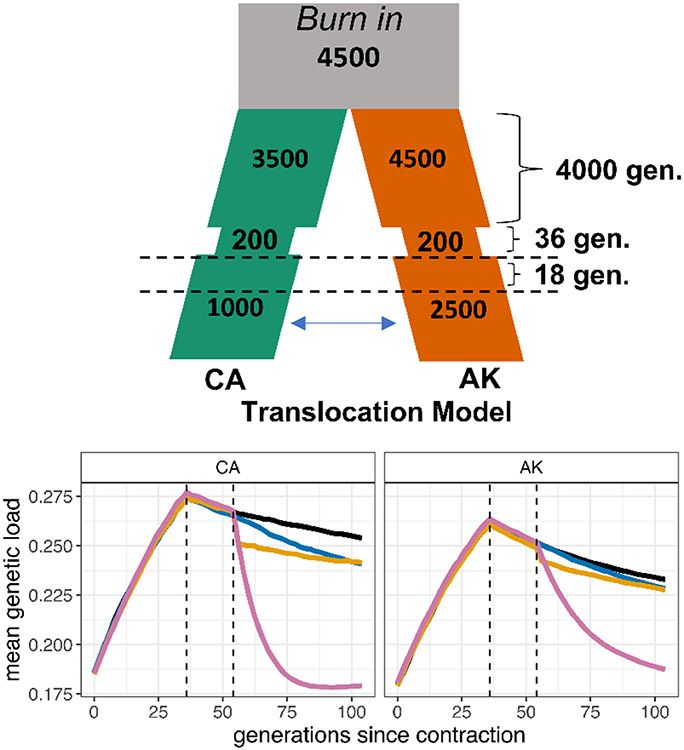Figure 5. Gene Flow May Mitigate Genetic Load.
An isolation-migration model exploring the theoretical benefits of enabling gene flow between California and south central Alaska, based on the joint population histories of the populations we inferred. The simulated populations split 4000 generations ago, then both experience contractions followed by partial recovery, then hypothetical translocations at varying levels of intensity begin 18 generations after the populations have partially recovered from their respective declines. The forward-in-time Wright-Fisher simulations of genetic load under this model show a decrease in recessive genetic load caused by high levels of gene flow between populations. The partial recovery occurs at the first dashed line, and gene flow begins at the second dashed line. Levels of gene flow range from no gene flow (black), one individual per generation (blue), a burst of 25 individuals exchanged for two generations (yellow), or sustained high levels of gene flow of 25 individuals per generation (pink). Each line represents the mean of 20 simulation replicates. Results based on alternative distributions of dominance and selection coefficients are shown in Figure S9.

